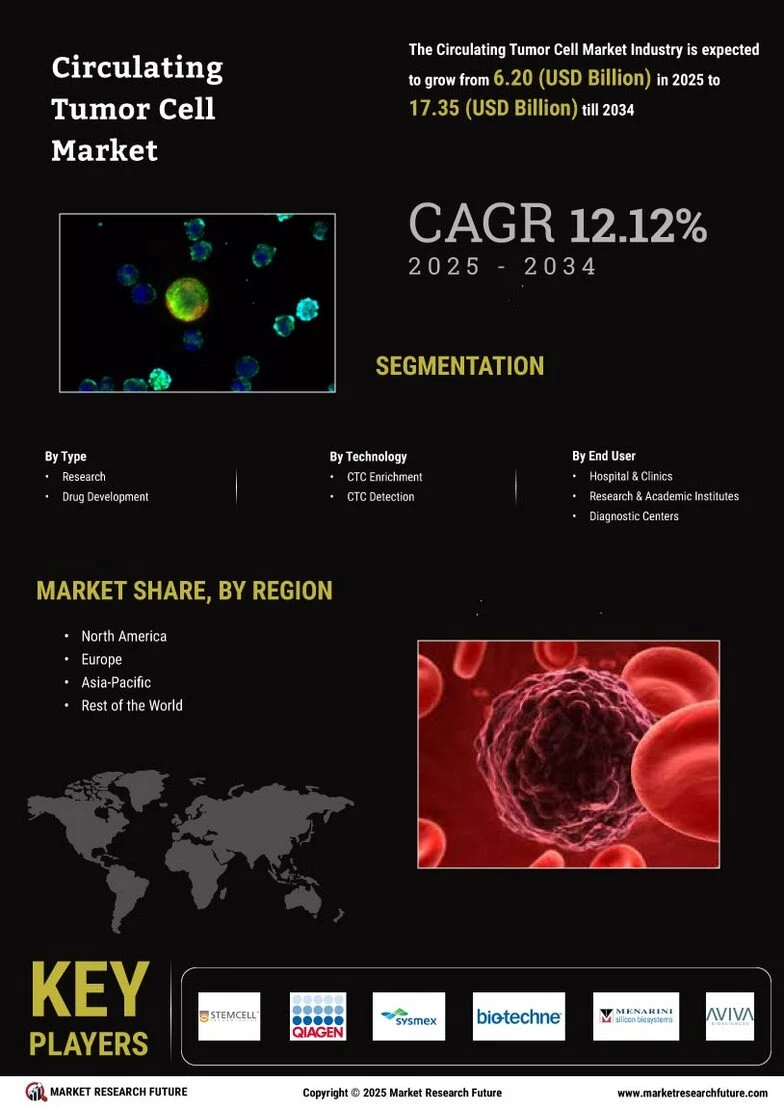Blood Cancer Drug Market Segment Overview: Therapeutic Class and Application
Segmentation analysis reveals that the Blood Cancer Drug Market is divided across therapeutic classes, drug types, and cancer types. Chemotherapy, targeted therapy, and immunotherapy remain the major categories, with targeted therapy gaining dominance due to its reduced toxicity and higher efficacy. Among the cancer types, leukemia accounts for the largest share, followed by lymphoma and multiple myeloma. Increasing use of monoclonal antibodies and biosimilars is transforming treatment protocols and reducing overall healthcare costs.
The application segment includes hospitals, specialty clinics, and homecare, with hospitals contributing the highest revenue share due to access to advanced facilities and oncologists. As telemedicine expands, home-based treatment support is also emerging as a supplementary care option. For an in-depth breakdown of therapeutic segments, visit the Blood Cancer Drug Market segment
page to explore category-specific insights, drug class performance, and end-user data.
Get Full Reports :https://www.marketresearchfuture.com/reports/blood-cancer-drug-market-36358
FAQs
Q1. What are the major segments in the Blood Cancer Drug Market?
A1. Segments include chemotherapy, targeted therapy, and immunotherapy by type, and leukemia, lymphoma, and myeloma by cancer.
Q2. Which segment dominates currently?
A2. Targeted therapy dominates due to precision medicine advancements.
Q3. How is biosimilar adoption influencing segmentation?
A3. Biosimilars are improving affordability and expanding patient access globally.
Q4. What are the primary end-users?
A4. Hospitals lead, followed by specialized oncology centers and home-based care.
Segmentation analysis reveals that the Blood Cancer Drug Market is divided across therapeutic classes, drug types, and cancer types. Chemotherapy, targeted therapy, and immunotherapy remain the major categories, with targeted therapy gaining dominance due to its reduced toxicity and higher efficacy. Among the cancer types, leukemia accounts for the largest share, followed by lymphoma and multiple myeloma. Increasing use of monoclonal antibodies and biosimilars is transforming treatment protocols and reducing overall healthcare costs.
The application segment includes hospitals, specialty clinics, and homecare, with hospitals contributing the highest revenue share due to access to advanced facilities and oncologists. As telemedicine expands, home-based treatment support is also emerging as a supplementary care option. For an in-depth breakdown of therapeutic segments, visit the Blood Cancer Drug Market segment
page to explore category-specific insights, drug class performance, and end-user data.
Get Full Reports :https://www.marketresearchfuture.com/reports/blood-cancer-drug-market-36358
FAQs
Q1. What are the major segments in the Blood Cancer Drug Market?
A1. Segments include chemotherapy, targeted therapy, and immunotherapy by type, and leukemia, lymphoma, and myeloma by cancer.
Q2. Which segment dominates currently?
A2. Targeted therapy dominates due to precision medicine advancements.
Q3. How is biosimilar adoption influencing segmentation?
A3. Biosimilars are improving affordability and expanding patient access globally.
Q4. What are the primary end-users?
A4. Hospitals lead, followed by specialized oncology centers and home-based care.
Blood Cancer Drug Market Segment Overview: Therapeutic Class and Application
Segmentation analysis reveals that the Blood Cancer Drug Market is divided across therapeutic classes, drug types, and cancer types. Chemotherapy, targeted therapy, and immunotherapy remain the major categories, with targeted therapy gaining dominance due to its reduced toxicity and higher efficacy. Among the cancer types, leukemia accounts for the largest share, followed by lymphoma and multiple myeloma. Increasing use of monoclonal antibodies and biosimilars is transforming treatment protocols and reducing overall healthcare costs.
The application segment includes hospitals, specialty clinics, and homecare, with hospitals contributing the highest revenue share due to access to advanced facilities and oncologists. As telemedicine expands, home-based treatment support is also emerging as a supplementary care option. For an in-depth breakdown of therapeutic segments, visit the Blood Cancer Drug Market segment
page to explore category-specific insights, drug class performance, and end-user data.
Get Full Reports :https://www.marketresearchfuture.com/reports/blood-cancer-drug-market-36358
FAQs
Q1. What are the major segments in the Blood Cancer Drug Market?
A1. Segments include chemotherapy, targeted therapy, and immunotherapy by type, and leukemia, lymphoma, and myeloma by cancer.
Q2. Which segment dominates currently?
A2. Targeted therapy dominates due to precision medicine advancements.
Q3. How is biosimilar adoption influencing segmentation?
A3. Biosimilars are improving affordability and expanding patient access globally.
Q4. What are the primary end-users?
A4. Hospitals lead, followed by specialized oncology centers and home-based care.
0 Comments
0 Shares
55 Views
0 Reviews





